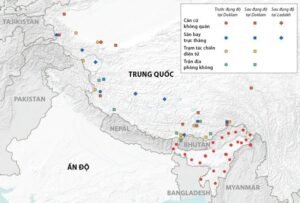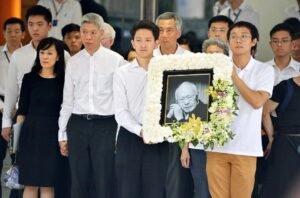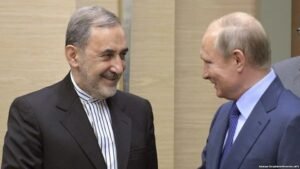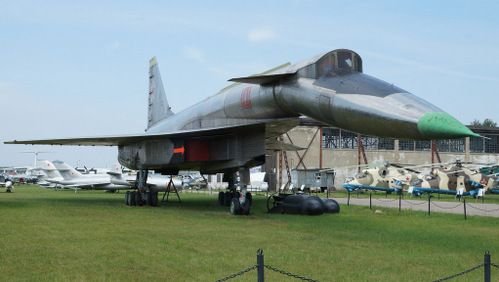
Sukhoi T-4 - bomber with 600 Soviet patents 0
The only Sukhoi T-4 prototype still in existence.
In 1963, the Soviet government issued a request to design a strategic bomber to compete with the XB-70 Valkyrie model being developed by the United States.
General designer Pavel Sukhoi is the head of the T-4 model design team.
Sukhoi’s teacher, general engineer Andrei Tupolev, sought to dissuade him and prevent him from participating in this project.
The Sukhoi T-4 is capable of flying at speeds of up to 3,200 km/h, 3 times the speed of sound (Mach 3).
The aircraft was nicknamed `Sotka` (100 in Russian) because the designers gave an estimated weight of 100 tons.
The development of the T-4 required extensive research efforts to create technology that met the requirements.
The Sukhoi T-4 is made from titanium and stainless steel.
The nose of the aircraft has the ability to adjust according to flight speed.
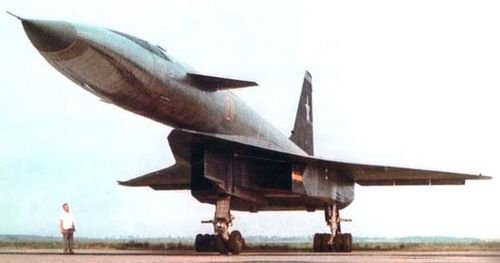
Sukhoi T-4 in nose lift state.
Sukhoi T-4 is 44 m long, 11.2 m high, and has a wingspan of 22 m.
The first test prototype was completed in mid-1971. Sukhoi continued to build three more T-4 machines, of which one was used for fixed ground tests.
The first T-4 model, number 101, took off on August 22, 1972, controlled by pilot Vladimir Ilyushin and navigator Nikolai Alfyorov.
One of the reasons the T-4 project was canceled was that the US abandoned the XB-70 Valkyrie, the main rival of this aircraft.
Today, only the 101 still exists, on display at the Central Air Force Museum in Monimo, a suburb of Moscow.
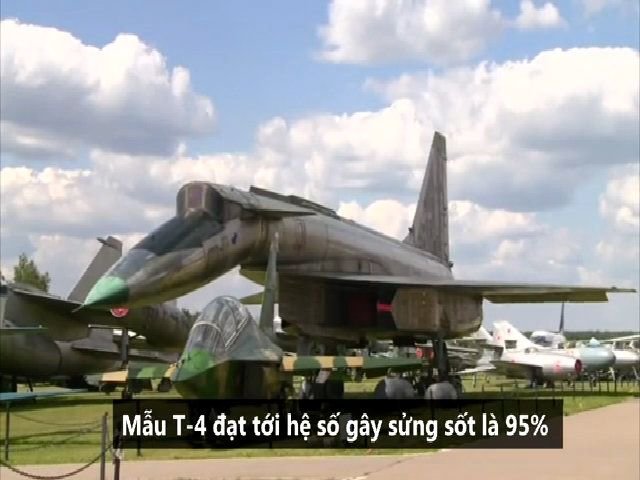
Sukhoi T-4 – bomber with 600 Soviet patents
Sukhoi designers talk about the T-4


